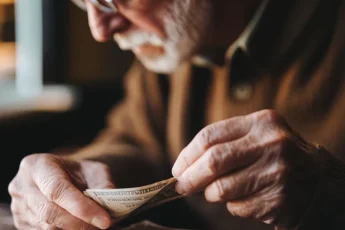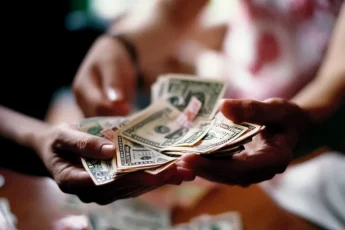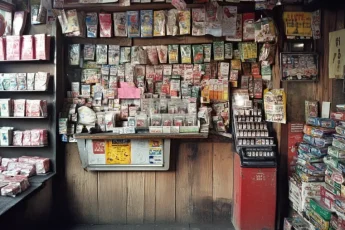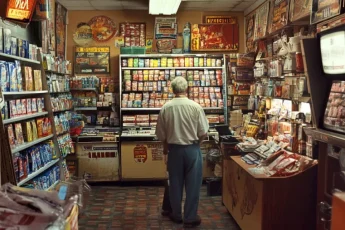Lottery money primarily comes from ticket sales. When people purchase lottery tickets, a portion of the money from those sales is allocated to the jackpot or other prizes, while the rest is distributed for various purposes. Here’s a breakdown of where lottery money comes from and how it’s distributed:
Содержание
1. Ticket Sales:
- Player Contributions: The majority of the money in the lottery prize pool comes directly from ticket buyers. People purchase tickets in hopes of winning the jackpot or smaller prizes.
- Increased Sales for Larger Jackpots: When jackpots grow to large amounts, ticket sales often surge, leading to even more money in the prize pool.
2. Prize Pool Allocation:
- A significant portion of the money from ticket sales goes toward funding the prizes. In many lotteries, about 50-60% of the total revenue from ticket sales is allocated to paying out prizes, including the jackpot and smaller prizes.
- The rest of the funds are divided among other areas like administration, retailer commissions, and government programs.
3. Government and Public Programs:
- In many states and countries, lotteries are run by the government, and a portion of the lottery revenue is allocated to public programs. These can include:
- Education funding: In states like California, Georgia, and Florida, lottery proceeds go directly to funding education programs.
- Healthcare and social services: Some states use lottery funds to support healthcare initiatives, public services, or infrastructure projects.
4. Retailer Commissions:
- Retailers who sell lottery tickets receive a commission for every ticket sold. This incentivizes convenience stores, gas stations, and other retailers to sell tickets.
- Retailers may also receive bonuses if they sell a winning ticket.
5. Operational Costs:
- A portion of lottery money goes toward the operational costs of running the lottery, including:
- Advertising and marketing.
- Administrative expenses, including employees, technology, and the infrastructure required to run the games.
- Third-party vendors like scientific games and printing companies that help produce lottery tickets.
Summary of Distribution:
- 50-60%: Prize pool (including jackpots and smaller prizes).
- 20-30%: Government programs (education, infrastructure, etc.).
- 5-10%: Retailer commissions.
- 5-15%: Administrative and operational costs.
The lottery is designed to generate revenue, not just for winners but also to support public services, which is why it is often referred to as a form of “voluntary taxation.”








